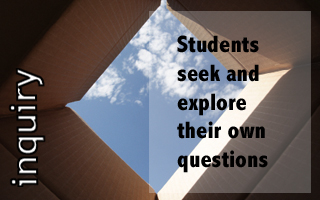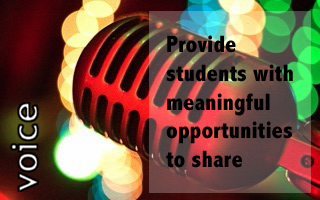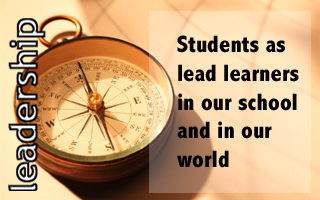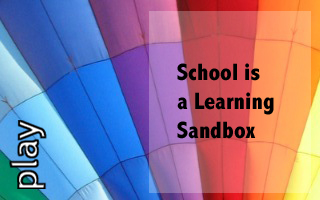Today we are having a big Common Core Resources Party! I am posting the top 20 links to some of the best CCSS resources I have researched and used in my classroom lesson planning. In addition, I have included a presentation that guides teachers through the process of learning what a Lesson Study is and how to begin one at their school site.
The NEA
Great Public Schools Network is a place where people come together to share
ideas and resources to improve student success. It is free and open to all!
2. Get to the Core Webinar Series
ASCD’s Get to the Core features insightful, engaging webinars on all things Common Core. They’re all archived and free, and they’re hosted by education thought-leaders. Although they broadly cover Common Core, a few are aligned specifically to English-language arts.
ASCD’s Get to the Core features insightful, engaging webinars on all things Common Core. They’re all archived and free, and they’re hosted by education thought-leaders. Although they broadly cover Common Core, a few are aligned specifically to English-language arts.
3. Educore
Created with funds from the Bill & Melinda Gates
Foundation, they have a plethora of resources to help you get aligned with
Common Core Standards.
ReadWorks provides over 1,000 non-fiction reading passages
with question sets to support reading activities. ReadWorks enables teachers to
solve the reading comprehension crisis and eliminate the achievement gap in the
U.S. by improving teacher effectiveness through research-based and
classroom-proven instructional practices, curriculum, and open-access online
technology.
Engage your students in online literacy learning with these
interactive tools that help them accomplish a variety of goals—from organizing
their thoughts to learning about language—all while having fun.
Use Better Lesson to browse thousands of rich Math and ELA
lessons from high-performing Master Teachers.
We Give Books is a new digital initiative that enables
anyone with access to the Internet to put books in the hands of children who
don't have them, simply by reading online. We Give Books combines the joy of
reading with the power of helping others, providing a platform for caregivers
and educators to inspire children to become lifelong readers and lifelong
givers.
The site is created to provide organized access to high
quality resources and tools that support teaching and learning of elementary
mathematics.
Get the Math is about algebra in the real world. See how
professionals use math in music, fashion, videogames, restaurants, basketball,
and special effects. Then take on interactive challenges related to those
careers.
11. Math – Tennessee Early Grades Math Toolkit
Successful comprehension of algebra, geometry, statistics,
and probability is dependent on students’ fundamental understanding of
important mathematic concepts in Pre-K through 3rd grade. This math portal was
designed in collaboration with agencies, institutions and mathematicians to
broaden access to quality, evidence-based practices.
This site is meant to be a resource for K-12 teachers who
are or will be implementing the National Common Core State Standards.
13. Math Charts
Over 250 free printable math charts or math posters
suitable for interactive whiteboards, classroom displays, math walls, display
boards, student handouts, homework help, and concept introduction.
This site is meant to be a resource for K-12 teachers who
are or will be implementing the National Common Core State Standards.
The CTA
provides an abundance of professional learning opportunities for teachers. All
the presentation materials and upcoming workshops are listed here. I
continuously refer to it when I am planning a presentation.
Barbara
Ransom’s website, a Math, English, AVID and Spark teacher in Santa Monica Malibu Unified School
District. She ran two Lesson Studies with the English Language Arts
department at her school.
Strategies,
classroom examples, insights into learning.
Curriculum
and Assessments
K-12: REAL Common Core Professional Development: Teachers Teaching Teachers Through a Math Lesson Study (Prepared by Barbara Ransom) see link #18
K-12: Resources, Resources, Resources
CCSS Resource Highlights
CCSS Resources for ELA and Literacy
CCSS Resources for Mathematics
CCSS Resources for Parents and Guardians
CCSS Resource Highlights
CCSS Resources for ELA and Literacy
CCSS Resources for Mathematics
CCSS Resources for Parents and Guardians
K-12: Technology, Tools and Apps for the Common Core Classroom
The Adventures of Room D4 Blog
Danesa Menge's blog is also a great resource. She writes about her experience as a CTA Leadership participant and she is also a CTA trainer. She prepared the following list:
List of websites, apps and tools for CCSS The Adventures of Room D4 Blog
Danesa Menge's blog is also a great resource. She writes about her experience as a CTA Leadership participant and she is also a CTA trainer. She prepared the following list:


































